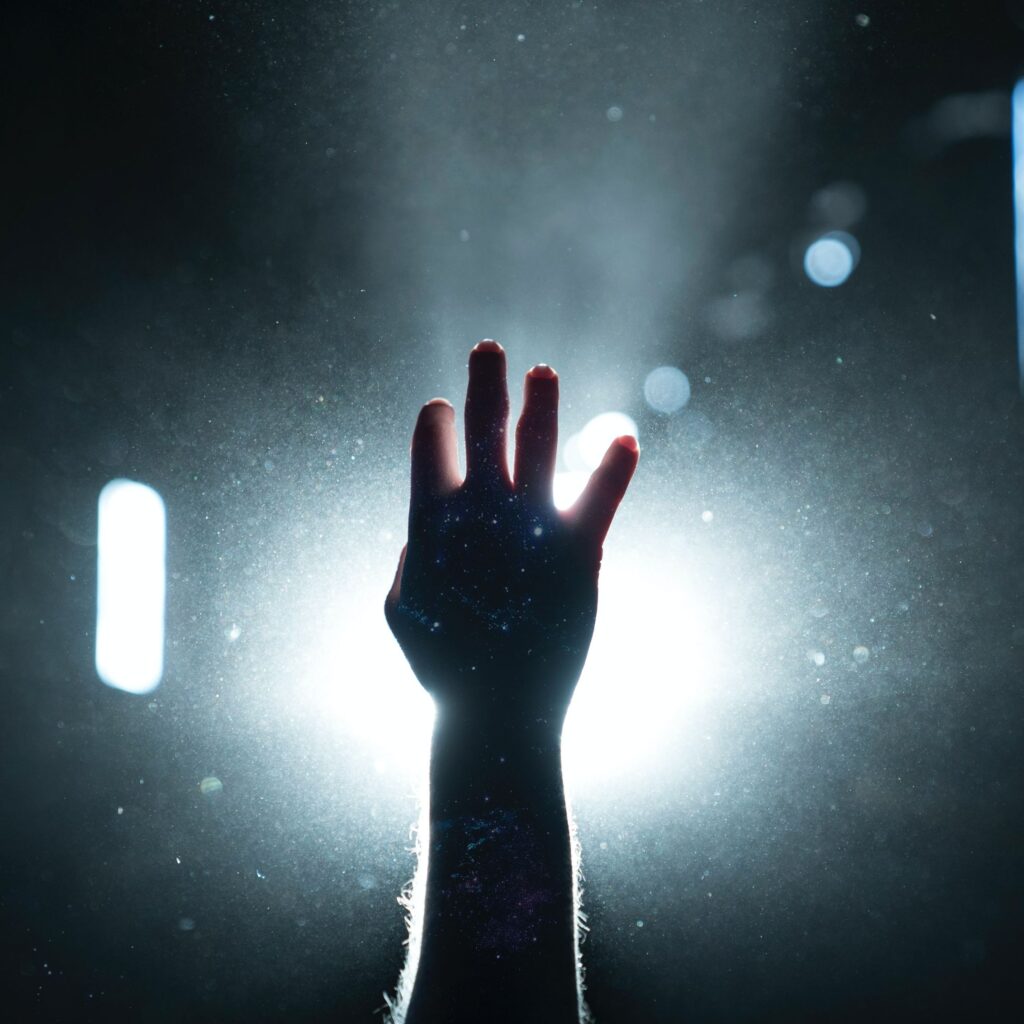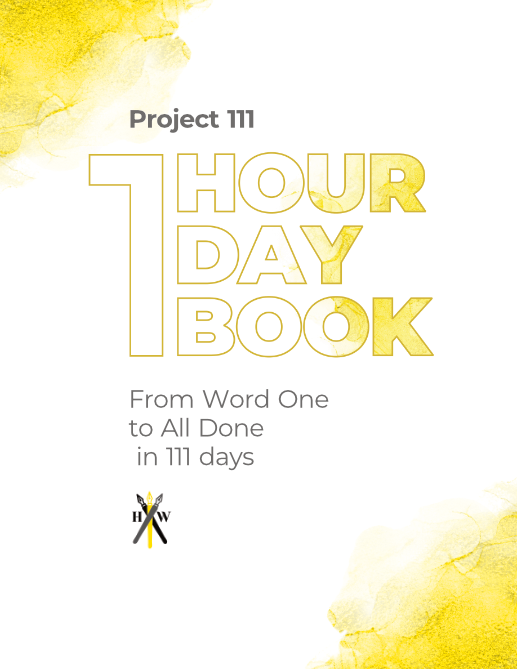Who’s your favorite character from Avatar the Last Airbender? If you said Aang, wrong. If you said Katara, wrong. If you said, the cabbage man, wrong. If you said Uncle Iroh… Well, I don’t think that could ever be wrong. The right answer, however, is Prince Zuko, with his comet-like scar, short temper, and signature voice.
Okay, you can have whatever favorite character you want (especially if it’s Uncle Iroh), but we love Prince Zuko because he is the most dynamic character around. Everyone from Team Avatar is great, but not a single one of them has as interesting of an arc as Zuko’s.
But what is it about Zuko that makes him so loveable (if only after the first season)?
Redemption arc. Prince Zuko has multiple redemption arcs over the course of the series and boasts the most drastic change of character from start to finish.
We love Zuko because of the drama, the loss, the joy, the anger, the forgiveness, and so much more. That’s what a redemption arc can bring to the table.
In this article, we’ll go over what makes a good redemption arc, how to include one in your story, and what attributes you might consider for your redemptive arc character.
Table of Contents
What makes a good redemption arc?

Let’s start with a baseline definition: A redemption arc is the overall story of a character who makes up for wrongdoings either through a series of actions or receiving forgiveness for said choices.
Zuko definitely fits this mold. He spends most of the beginning of the series spewing vitriol to his uncle and chasing down the Avatar so as to let his father’s nation conquer the planet. As far as good guys go, he doesn’t much sound like one.
Zuko’s redemption arc is so enjoyable to experience due to a number of factors, but the most important one is that it feels earned. Avatar’s creators had plenty of time to show Zuko as a villain, but then took the steps to justify and explore Zuko’s path to the good side.
Taking your time with a character’s arc, especially when it’s redemptive, is one of the most important things you can do to write a great and memorable redemption arc.
The Set Up

One of the first images we see of Zuko is him practicing firebending in front of Uncle Iroh. Iroh tells him that firebending doesn’t come from the muscles but from the breath. Rather than respecting his uncle’s advice, Zuko lashes out impatiently and demands to move on.
This scene functions as strong characterization for a boy who demands to live up to his father’s villainy despite the abuse he experienced from that very hand.
We understand his motivations, his trajectory, and his desire for cruelty.
To sell your audience on a redemption arc, you must first convince them that the character has done something that would warrant redemption.
Over the course of the show, we see Zuko choose abrasiveness over friendliness, anger of patience, and honor over morally sound judgements. An important part of seeing these choices is that the viewer understands why he’s doing it.
His father poses as a monumental motivator to him, and everything he does can be traced back to his relationship there (and later to his mother). Because of the trauma he experienced, the audience can sympathize with him without excusing his actions.
Now we have the baseline for a villain and a redemption arc.
As with any character arc, we have to acknowledge the shape of arc. Trajectory and resolution is of the utmost important.
The Cracks

Near the peak of the “bad guy” section, the sympathy the audience feels for the character should be somewhat rewarded.
We call this section “The Cracks” because at their worst, your characters should begin showing cracks in their veneer. That can look like questioning their motivations, questioning their morality, experiencing a hint of forgiveness, or some other form of questioning.
To explain this point, we’ll look at a bad example of the practice.
As much as we love Star Wars here at Habit Writing, they cannot write a good redemption arc. They’ve tried redeeming characters like Darth Vader and Kylo Ren, but in our estimate, have failed every time.
The character with the best redemption arc is probably Han Solo, given that he has plenty of time to show that he’s a bit of a scoundrel who’s selfish and not interested in love.
He ends up being a respectable leader who helps saves others as he falls in love.
But we’re not going to talk about him, we’re going to talk about Darth Vader and how he showed no cracks at the peak of his arc and therefore failed as a redemptive arc.
Anakin Skywalker has an extremely long character arc, but we’ll be focusing solely on Darth Vader.
The movies set up the baseline really well, given that we understand his motivations, his trajectory, and his cruelty. I don’t think that anyone would argue that he’s an intimidating villain with evil intents.
Where this arc fails is the cracks. We don’t see him faulter in his morality ever. Even when he’s interacting with his long lost son, rather than show any indication of seeking forgiveness or the better path, he simply invites him to rule the galaxy with him by deposing the Emperor.
One could possibly argue that any positive interaction with Luke Skywalker could be seen as a crack, but I disagree because it does nothing to change his course.
If this had been a good redemption arc, we would have seen him grapple with the morality of his actions. We would have seen that straying from his chosen path could at some point even enter his considerations.
But he does nothing. He kills the Emperor to save his son (theoretically), but he also could have done that anyway. He saw the dark side in Luke, and it could easily be argued that he only “killed” the Emperor (which is still canon in my books) to give his son a chance to continue the work of his evildoing.
No matter how you read it, whether you think it’s a satisfying redemption or not, it could definitely have been improved.
I argue that the main way to have improved the arc would be to show the cracks in his decision. Perhaps he would have seen Luke’s non-red lightsaber and said something about remembering it.
He showed no desire to rectify his place in the universe, and doing so would have made a better character arc and redemption arc.
The Resolution

Resolving the redemption arc, as we saw with Darth Vader, is of extreme importance. This is the final image of the character that the audience will retain.
The resolution, as previously stated, can take the form of sacrificial actions or forgiveness. Oftentimes, these will go hand in hand as the character shows their resolve through their actions and receives verbal or visual redemption from another character.
Going back to Zuko, we see that he has done plenty of actions to show his resolve. He abandons his family, joins Team Avatar, fights against his father, and in perhaps the most poignant moment of the whole series, receives forgiveness from Uncle Iroh.
I don’t know about you, but that scene when Uncle Iroh wraps Prince Zuko in a loving embrace after Zuko fumbles an apology can still bring me close to tears when I think of it.
That’s resolution done well. The set up was well done, the cracks were visible but still questionable, and the resolution felt like it wrapped everything up in a well-earned bow.
Let’s look at another outstanding resolution to a redemption arc: Boromir from The Lord of the Rings.
We see the set up showing that he’s self-centered and ambitious to a flaw. He only joins the Fellowship of the Ring (check out this article on the themes of that book) because it could give him a chance to seize the Ring and give it to his father.
We see the cracks when he gets to know the Hobbits and sees their strength. We see it especially clearly after he tries to take the Ring from Frodo
But the most memorable part of his redemption arc is its end. In a dramatic show of valor and selfless sacrifice (Check out this article about heroes), Boromir gives up his life to protect the Merry and Pippin, two hobbits that ultimately helped save the world.
He was ultimately unsuccessful as the hobbits were still kidnapped, but he showed his might by withstanding multiple arrow shots while staving off a large band of orcs.
In addition to showing his change of heart, he receives forgiveness from Aragorn as well. In another poignant moment, Boromir recognizes Aragorn as the king of Gondor and apologizes.
Aragorn, in a kingly countenance, forgives the man, kisses his forehead, and gives him a knights funeral.
This redemption satisfies the set up because we see him overcome his selfishness and inability to recognize a king. The arc fulfills the promise of the cracks by showing that he saved the hobbits while using one of his strengths.
I consider this redemption arc to be one of the best around. When writing a similar arc, including these three elements and really thinking them through will give you what you need to create outstanding characters and memorable experiences for your readers, even with a secondary character like Boromir.
How to Include a Redemption Arc

When it comes to writing redemption arcs, remember that not everyone needs one. You should certainly give your characters arcs, but redemption arcs are usually reserved for characters who have evil origins.
You should include a redemption arc in your story if you want to ensure an element of forgiveness plays a role in your story or if seeing a bad guy become a good guy intrigues you.
To do so, make sure you have the three elements from the previous sections. Beyond that though, you’ll want to craft a character that readers want to follow.
To include a redemption arc, you will take your engaging character and decide how evil you want them to be, and how much redemption you want them to have.
Obviously, every writer varies in their desire and ability to plan, but even if you don’t like to outline your novels and characters, having a basic understanding of these concepts will help you set the trajectory of the arc.
When you have those ideas in place, deciding who and what will help them towards redemption will be helpful.
Do you want them to finish with a self sacrifice?
Do you want them to receive verbal forgiveness?
Do you want them to secretly become good and no one finds out about their change until they’ve moved away?
These are a few types of redemption arcs, and when you have your resolution figured out, you’ll have an easier time writing the arc.

Our 84-page book planner and 111 day writing course.
Characteristics for your Arc

One of the most important characteristics you’ll want your unredeemed character to have is conviction.
Think of any of the previously mentioned characters. They’re all convinced that they’re in the right. Their resoluteness should close their mind to any other possibilities.
Zuko was dead set on capturing the Avatar and regaining his honor. No other option seemed available to him.
Boromir Was the first voice of dissent in the council of Elrond, and he never seems to change his mind on Aragorn until the end.
Darth Vader is perhaps the best example of conviction. We see him clinging to an old tradition with a hate for the Jedi. From what we know about the dark side, his hate maximizes his power, and he’s referred to as a very powerful individual.
Conviction is the catalyst because they at some point made a decision and continue to justify that decision through increasingly more distressing actions.
Another characteristic you should consider including is ambition.
Each of the previously mentioned characters are ambitious, and that helps them set the trajectory. They all want to achieve something and are willing to forgo courtesy, selflessness, and often an lack of concern for others’ safety and wellbeing.
Your character should be ambitious to the point of cruelty. If you decide to include this attribute, you should have no problem with the set up and trajectory.
Finally, we suggest that you make your character unique.
That may seem like a silly, pointless suggestion, but when writing a character that follows a model, prioritizing the arc over the character can seem tempting.
With all characters, prioritize making them unique. If you need help with ideas, check out this article. If you have ideas but need a character, try this one.
Having a unique character that’s engaging to read will make even the most derivative arcs entertaining. Now, match that unique character with a unique redemption arc, and you might just have the next big thing!
Conclusion

Redemption arcs can dramatically improve your story, given that audiences love to see people improve.
When writing a redemption arc, remember the three main elements that these arcs typically follow, the set up, the cracks, and the resolution.
The set up shows the character in all their wicked glory. You should show their lack of concern for others and their unwillingness to bend.
The cracks will come in at the peak of the arc. We see the character begin to challenge their former beliefs. This is where the audience thinks that maybe that can change.
The resolution resolves the arc in a moment of forgiveness or sacrifice.
The best way to include a redemption arc is to plan out certain elements. You should know the basic direction that the three previously mentioned elements will take.
You’ll also want to decide how “evil” they are, how “good” they’ll end up, and how they’ll show that they’ve changed.
Finally, you’ll want your character to have conviction, ambition, and plenty of unique elements.
For more helpful tools and resources for writing, check out our Habit Writing blog!
gavinwride
Gavin is a fantasy author, short story enthusiast, and nature lover. When he’s not reading, writing, or exploring the outdoors, he is likely playing games. His board game collection is probably too big for someone living in a small apartment, and he has enough yet-to-be-played video games to fill a lifetime. His favorite book is "The Name of the Wind". His favorite author is Edward Abbey. His favorite game is "Dark Souls III", and he’d be more than happy to spend the day talking about lore, bosses, and game mechanics.
Our 84-page book planner and 111 day writing course.
